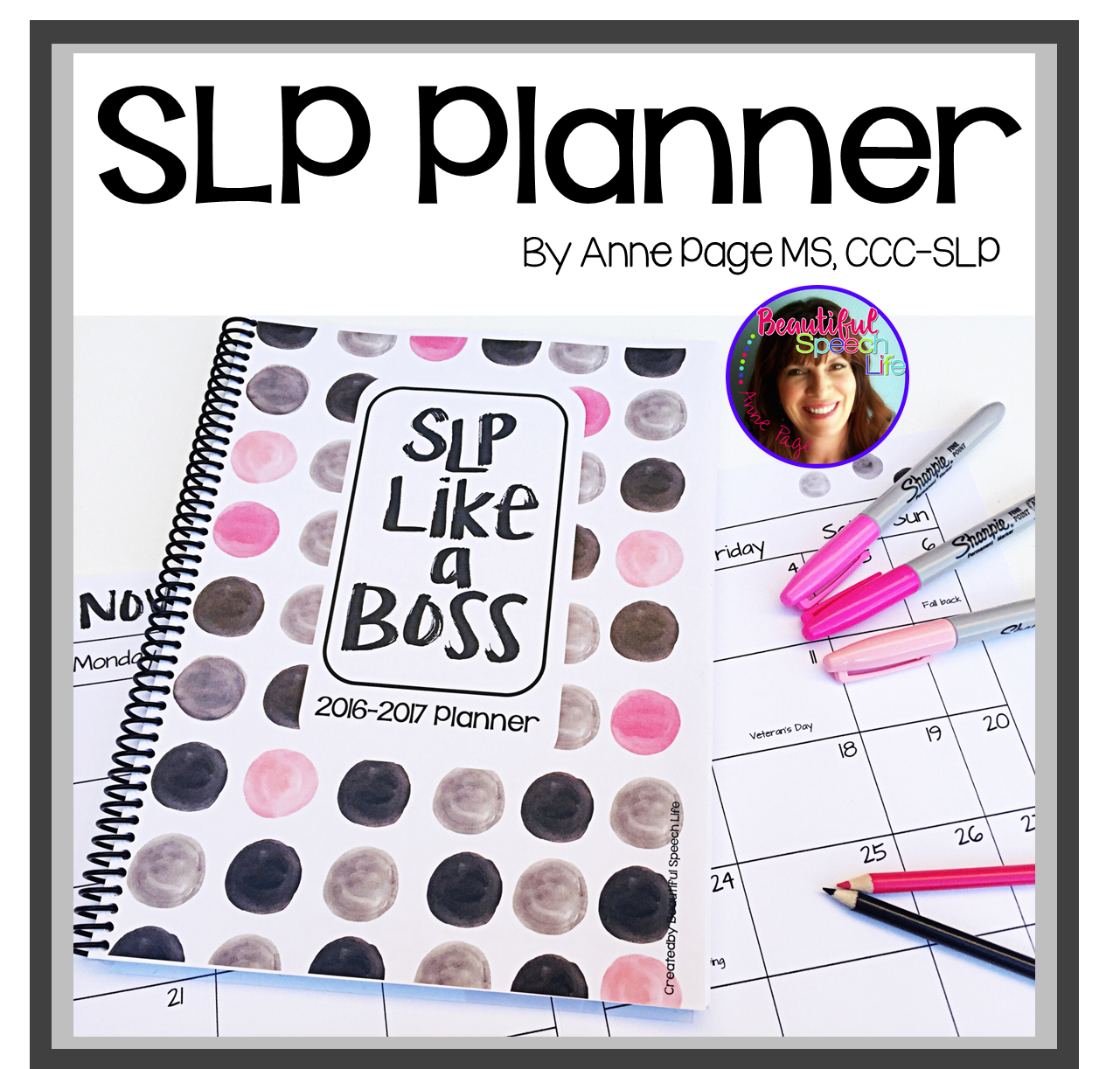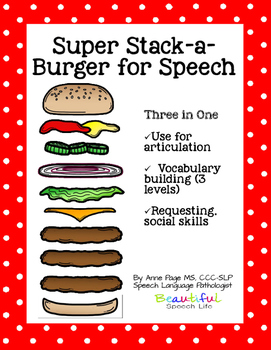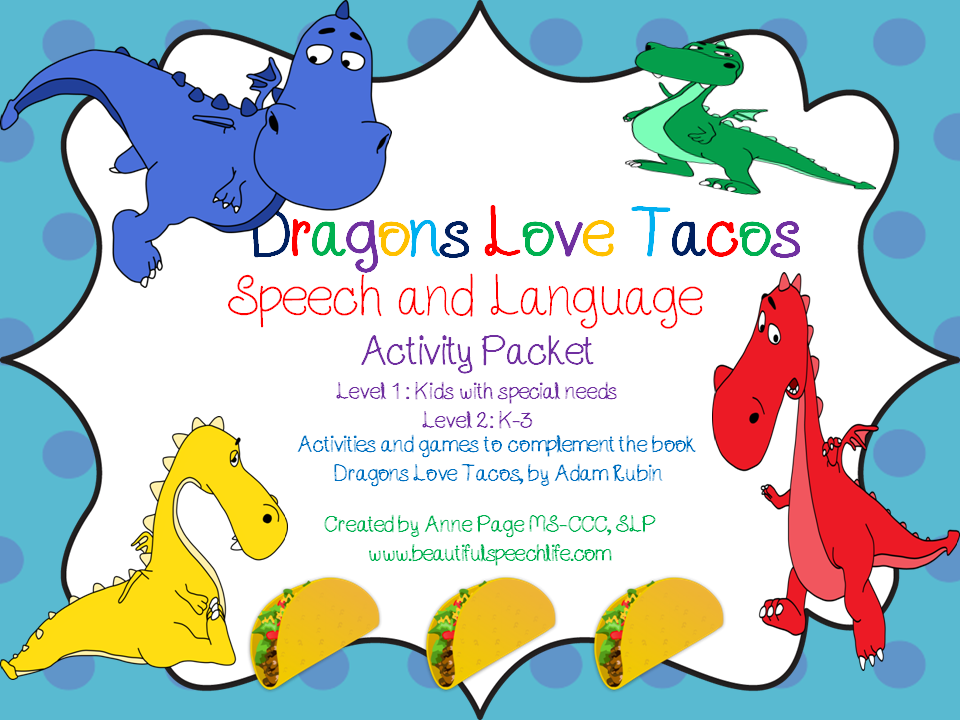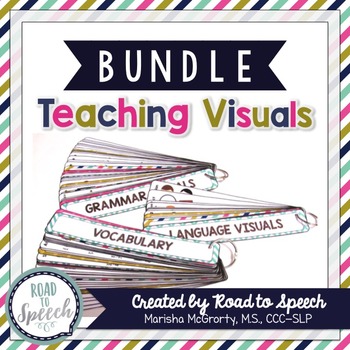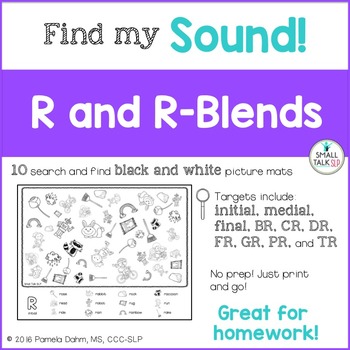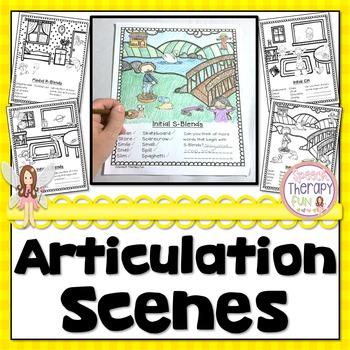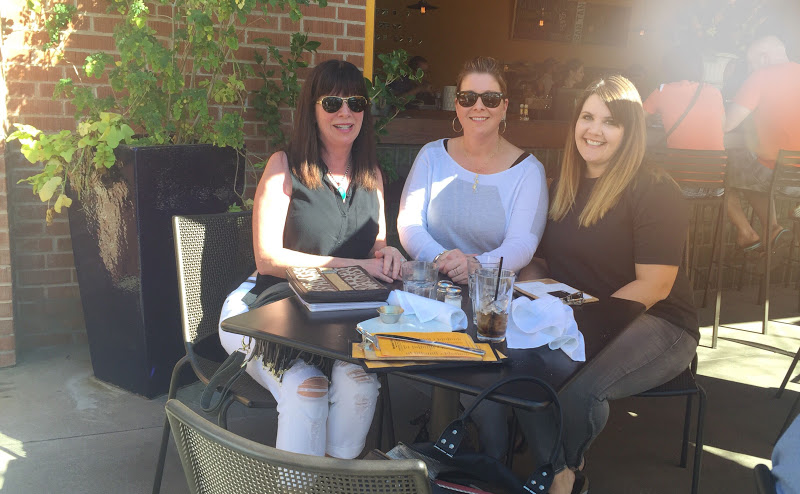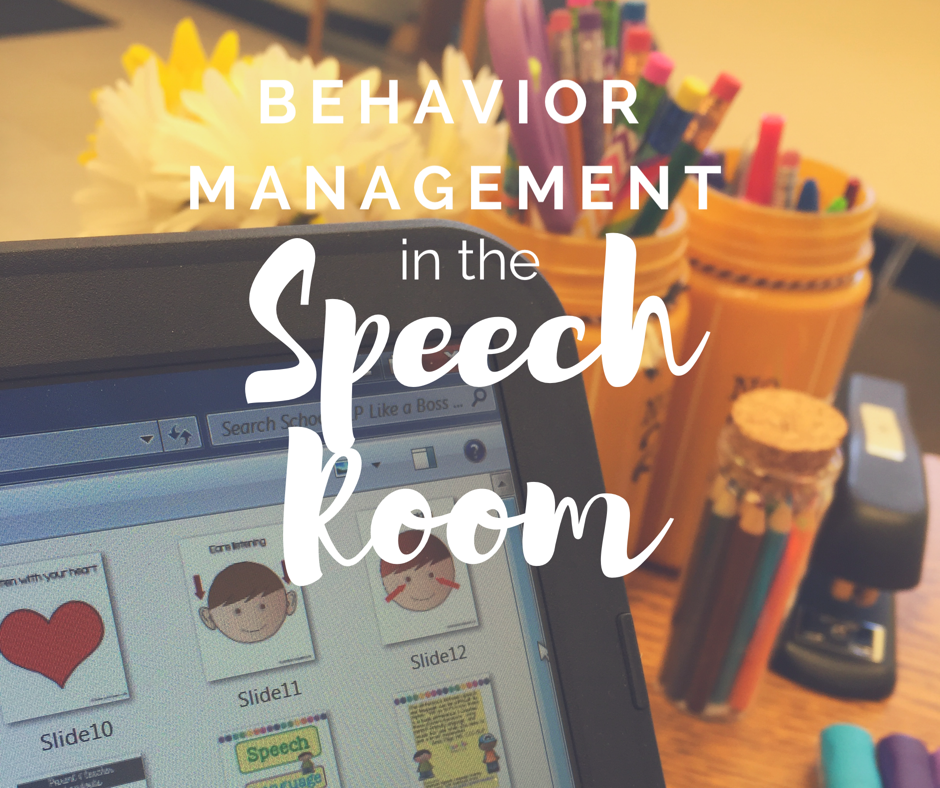
by Anne Page | Sep 6, 2016 | Quick Therapy Tips for the SLP and SLPA, SLP Like a Boss, Uncategorized
How do you deal with behavior issues? Behavior Management for the SLP is so important. I know when I have groups of busy, excited, talkative students sometimes they don’t automatically do what I want them too.[spacer height=”20px”]
I don’t want to spend my whole session dealing with behavior. Pretty sure you don’t either. But the reality is, many times you will have to teach students how you want them to behave.[spacer height=”20px” id=”2″]
Have you got four minutes to help you manage behavior in your speech room? That’s all the time it takes to read these tips on using visuals and routines to set-up and maintain good listening behaviors in your students. The listening visuals are included as handouts in the FREE School SLP Like a Boss Smart Start Kit. (If you don’t have it yet, no worries, just click on the pink rectangle below)[spacer height=”20px”]
Today I want to give you a quick read (seriously less than 5 minutes) giving you an idea of how you might want to use the behavior handouts in your speech room. The tools I use for classroom behavior management are included in the kit: listening posters and whole brain posters. These visuals are a life-saver, they serve as a constant reminder and have the added bonus of being easier for our language impaired students to understand. (Sometimes you know they’re just hearing our words sound like “blah blah blah”).[spacer height=”20px”]
It’s important to set expectations from the very beginning. By this I don’t mean just pointing to the posters once. Now’s the time to teach the meaning of the posters and foster a group connection. For example tell them, “In the speech room we are good listeners. We listen with our heart, our eyes, our ears, our mouth and our bodies.” You are giving them specific information so they know exactly what you want from them. Much more clear than “you need to be a good listener”[spacer height=”20px”]
Here’s what you need to get started:[spacer height=”20px”]
Listening Posters (pgs 10-15)
Print and laminate these posters. Place them where your students can see them from your therapy table. These are great for the primary grades.[spacer height=”20px”]
Explain each poster. For example: “This is what we need to do to be a good listener.” Point to each picture, read caption and demonstrate. Have the students show their eyes looking, ears listening, etc. After you go through all the posters, have students say them with you as you point and show you again. This is so worth taking the time to do. Remember you want to set them up for success. [spacer height=”20px”]
As you go through an activity, catch your students doing the right thing. Don’t wait until you have to say “where are your looking eyes?”. Give some positive feedback. “I like how Johnny’s eyes are looking right at me. I know he’s listening.” Kids need ten positive statements to every negative. Positive praise helps children become more aware of what they’re doing well, and more excited to continue trying. [spacer height=”20px”]
Make your feedback specific. It’s so easy to just say “good job”. But when we give specific praise, students know exactly what they are doing right and why you are happy about it. So instead of “great job”,try, “You are sitting quietly and looking at me, I know that you are learning”.
When you do need to give a verbal reminder to get the behavior you want, point to the poster while you say “Remember, mouth quiet”. And then fade the verbal prompts and just point.[spacer height=”20px”]
Whole Brain Teaching
I also have had really great success with the Whole Brain Teaching posters. I use these to give my busy little friends a routine to follow right when they come into the room. As soon as they sit down, we go through each rule. This is really fun and kind of bonding. Once they learn them, I let a different student be the leader each time. I use these with primary students. But you can use them with older students too. You just need to have different posters and a more age appropriate way to say the rules and make the motions.[spacer height=”20px”]
Go to the FREE Whole Brain link on page 9 in your School SLP Like a Boss Smart Start kit. Print and laminate the Whole Brain Posters. Click on the video link to see an example of how they are used. [spacer height=”20px”]
I hope these tips have you on your way to great behavior management. Following these will help you foster better relationships with your students and help them feel secure knowing exactly what the speech room boundaries and expectations are.[spacer height=”20px”]
You’ve got this,
Want to know more? Here’s what two amazing school SLP bloggers do for behavior management:[spacer height=”20px”]
Cheri from Super Power Speech shares some great tips on using visuals. Check out her blog post here. (Plus there is a great visual freebie)
Nicole Allison at Allison Speech Peeps wrote a really great article on how she uses Whole Brain Teaching during therapy.
Here’s a quick little article on ADHD and positive reinforcement
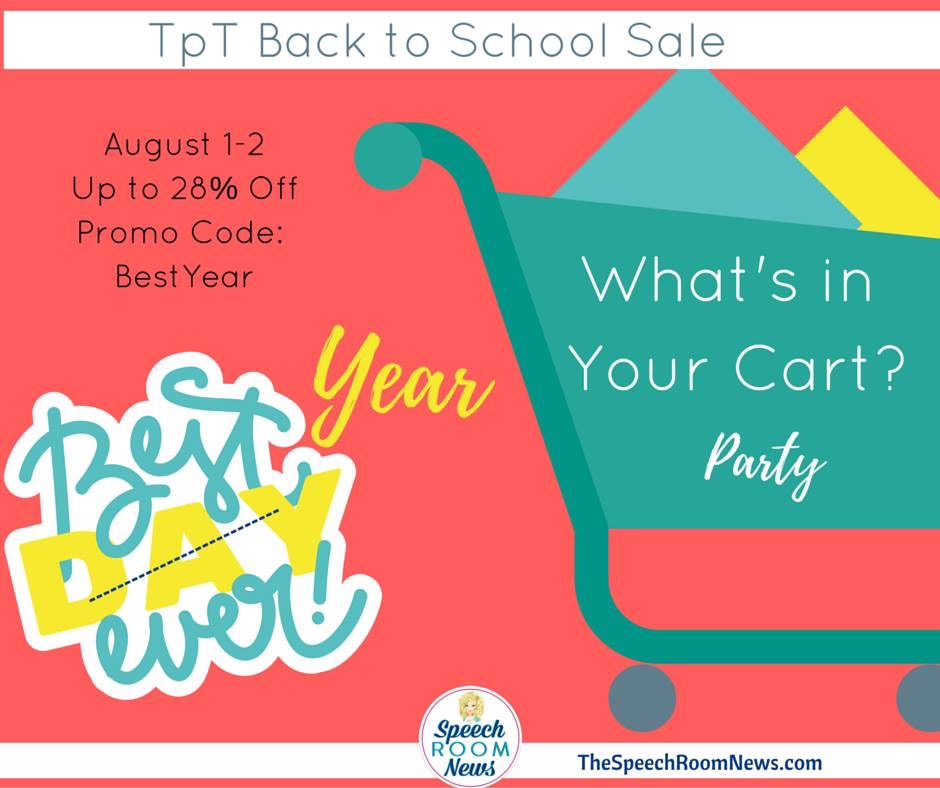
by Anne Page | Jul 31, 2016 | Sales, Therapy Materials and Ideas, TPT Products, Uncategorized
Attention SLP shoppers!
The Teachers Pay Teachers big Back To School sale is August 1 and 2nd. With 20% off, you don’t want to miss this! Plus you get an additional 8% off when you use the promo code BESTYEAREVER.[spacer height=”20px” id=”2″]
It’s time to get strategic about your TPT therapy materials. What’s really going to help you this year and for the years to come? Let me help you find must have items for your SLP bag of tricks. Here are some great materials to get you started from my store. I have no doubt you’ll find yourself reaching for these year after year.[spacer height=”20px” id=”2″]
” I love the organization/layout of this product. I know it will benefit many of my students! Thanks for including the Reading Comprehension stories – my teachers love that I integrate reading in speech all the time!” Buyer[spacer height=”20px” id=”2″][spacer height=”20px” id=”2″]
“I am so excited about this book! I have several students who are working on positional concepts and it just takes so many repetitions to learn the concepts. I love that this book is full of repetitions. I am looking forward to more in the future!” Buyer[spacer height=”20px” id=”2″]
“While I haven’t started my job yet (countdown to my CF position!), I love this planner so far! It looks great, even with my black and white only printer. I love the extra documents (such as the Parent Communication Log).” Buyer[spacer height=”20px” id=”2″][spacer height=”20px” id=”2″]
” This is such a fun and engaging activity! I appreciate you including the different levels of difficulty. Thanks!” Buyer[spacer height=”20px” id=”2″]
” So many of my younger students love anything that has do to with dinosaurs…and who doesn’t love tacos? 🙂 I love this book, but am even happier that such a thorough, applicable and fun speech therapy product was created for it! Thank you so much” Buyer[spacer height=”20px” id=”2″]
And here’s what’s in my cart, I personally know all of these sellers and am really excited to add more of their wonderful materials to my collection.[spacer height=”20px” id=”2″]
[spacer height=”20px” id=”2″]
Happy shopping my friends and here’s to THE BEST YEAR EVER!

by Anne Page | Jun 1, 2016 | AAC, SLP Like a Boss, Technology, Uncategorized
Last day of school…ah! Such a great feeling.
That was a week and a half ago. I was end-of-the-year-marathon tired. But now I’m feeling refreshed and re-energized. I want to look back on the school year while it’s still fresh in my mind.
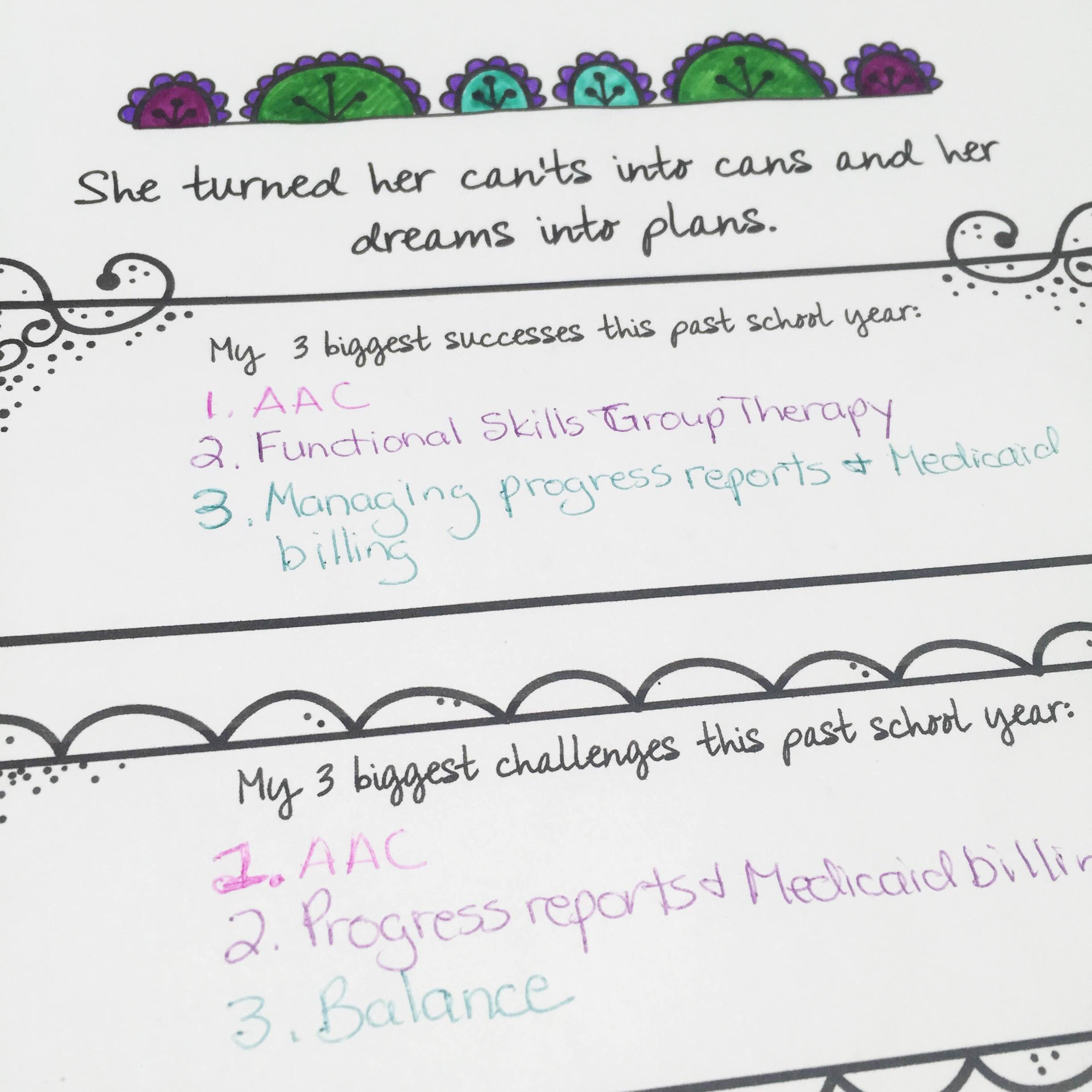
Year End Review Calendar Page
One thing that was really new for me was being the lead for the newly formed Assistive Technology Team for our district. I learned a lot from that and had to push myself to try some things I really wasn’t sure about. Today, I’m sharing three tips for how to AAC Like a Boss, even when you’re a beginner.
TIP #1 You don’t need to know EVERYTHING at first
I learned very quickly just because I’m the lead, it doesn’t mean I have to know everything. I think I had “Imposter Syndrome” for a little while. Have you heard of that? It’s when you think you’ll be exposed as a fraud because you’re just not good enough. Harsh right? Sometimes I’m my own worst critic.
What I figured out is that I don’t have to know everything there is to know about AAC and assistive technology. I don’t have to have all the answers right away, I just need to be willing to find them. Within the online SLP community there are some amazing resources. Dr. Carole Zangari’s award winning blog Praactical AAC is a gold mine of information. Susan Berkowitz at Kidz Learn Language is really helpful with her blog as well. Both of these SLPs truly AAC-like-a-boss and are so forthcoming in helping their fellow SLPs. Another great resource where you can ask specific questions is the Facebook group AAC for the SLP.
TIP #2 Be Resourceful
Working at a Title I district with very limited materials, I have to be extremely resourceful. This year I learned how to adapt toys to be switch activated. These are toys that move and/or sing when you squeeze their paw or hand. Some of our students don’t have the fine motor skills to be able to do this. It was really empowering to make such a fun item accessible for them. I even got to solder. The workshop was put on by our wonderful Arizona Technology Access Program. (You can google to see what programs your state might have.)
I was so happy with the dancing monkey I adapted. Until I got to school the next day and realized we didn’t have any switches that fit him. I figured I’d just buy one. But then I saw the price; $50 for one little switch! Back to the drawing board.

Adapted Switch Toy
Sooooo I signed up for a Make Your Own Switch Workshop. There I was able to make two switches for just $10. We adapted answer buzzers ( 4 for $16.00 at Walmart). The time I spent to adapt two switches was about 90 minutes, the first one took the longest.

Adapt a Switch
The bonus was sitting next to two parents of children with autism. They were making the switches for their kids. How cool is that? Talking to them in a casual setting about their experiences and expectations was so enlightening. I really got some insight into what they struggle with.
TIP #3 You Don’t Have to Start High Tech
The other thing I learned, in a really fundamental way, is that assistive technology does not need to be high tech at first. It seems that many parents, teachers and staff immediately think “voice activated device” or “get them an iPad”. AND that this technology will magically and immediately give the student language skills the second they receive it. If only!
Students need to learn to label, request, comment, command and greet. A machine can’t teach them these skills, but we can. A voice generating device may be exactly what they need eventually. But sometimes we can’t get one right away. We can still teach them that using symbols(voice activated or pictures) gives them the power to express what they want, when they want.
With many of our students, we started with low tech Core Vocabulary Boards and Go Talk Pages. We could get started right away with these because they’re inexpensive to create and so accessible. It was easier to get “buy-in” from support staff because they saw it working.

Core Vocabulary
We used The Dynamic Learning Map Core Vocabulary; a list of 40 words that have been proven to be most effective socially and academically for students with significant cognitive disabilities. Developed at the Center for Literacy and Disability Studies at The University of North Carolina at Chapel Hill, these 40 words are based on AAC research. I’ll provide a link to more information below. Next week, I’ll talk more about core vocabulary boards and how I used them in group therapy with great success!
In summary, you CAN AAC-Like-a-Boss. Just remember these three tips:
1. You don’t need to know everything.
2. You can be resourceful.
3. It doesn’t have to start out high tech.
I know it can seem scary but we SLPs know language. Remember AAC is just another way to facilitate language.
Whether you are reviewing your year or you’ll be working this summer, I hope you found something helpful here. If you would like a FREE Summer SLP Like a Boss planner to help you with your reflection and planning, click here.
If you are interested in a FREE video tutorial on how to make a switch, let me know in the comments below.
SLP-Like-a-Boss,
Anne
Links: Praactical AAC
KidzLearnLanguage
Dynamic Learning Map Core Vocabulary
How Facebook Can Make You a Better SLP
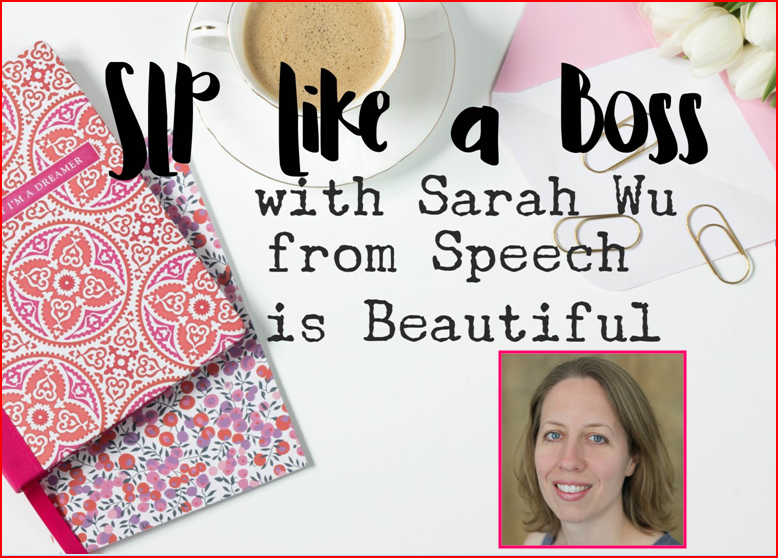
by Anne Page | May 24, 2016 | Blog, Inspiration, SLP Like a Boss, Uncategorized
What’s SLP Like a Boss? An SLP boss is professional, compassionate, organized and Inspirational with a capital “I”. An SLP boss gets things done! In this series I’m interviewing SLP boss women who work by day as SLPs , but at night (and on weekends) they are business builders, advocates, huggers, tear-wipers, encouragers and creators. These are strong, amazing women that I admire and am happy to call Friend.[spacer height=”20px” id=”2″]
Today our SLP Boss Lady is my friend Sara Wu. I met Sarah in Las Vegas last summer at the Teachers Pay Teachers (TPT) Seller’s Conference. (I met so many great people there.) We also share the blog Speech Spotlight, along with seven other fabulous speech language pathologists.[spacer height=”20px” id=”2″]
Sarah is a powerhouse bilingual SLP. Not only is she bilingual (speaking fluent Spanish), but she has a Chinese last name (Wu), and is a dual citizen(she was born in Australia). Sarah is mother to two young boys and still finds the time to create bilingual therapy materials for her TPT store AND to blog weekly. I love her thought provoking, helpful and insightful blog posts. She writes “evergreen” content that you’ll want to bookmark and share with your friends. I’ll put a link to her blog and TPT store at the end of this post for you.[spacer height=”20px” id=”2″]
I write this series because I feel we can all make our practice as SLPs better and stronger by connecting with other SLPs. It’s also really interesting to see what other SLPs are using in therapy and what advice they have to share.[spacer height=”20px” id=”2″]
So let’s dive in and see what we can learn about Sarah.[spacer height=”20px” id=”2″]
Tell me about yourself in seven words: Joyful, fun, silly, smart, mischievious, mother, and writer.[spacer height=”20px” id=”2″]
Where did you go to grad school?: Northwestern University.[spacer height=”20px” id=”2″]
What are your top three SLP must haves (other than your own amazing materials)?: My clipboard, my laptop, and big foam dice.[spacer height=”20px” id=”2″]
What do you love most about what you do?: Helping my students reach their potential. I think the students I work with have so much potential that’s hard to see. So many of them speak Spanish only and they’re learning English. I work with them exclusively in Spanish until they are ready to move on to English.[spacer height=”20px” id=”2″]
Tell me your advice for the newly minted SLP: It’s important to take risks. I don’t think it’s something women are encouraged to do. Don’t just take the safe path, not just the easiest or the closest. Don’t settle. Do what you have to do to go for it. I’ve always made sure I feel one hundred percent about where I work. If you don’t, it’s worth it to take a leap.[spacer height=”20px” id=”2″]
Tell me about your blog: I like to make sure that it’s useful and important to SLPs. I blog about being bi-lingual. I talk about topics instead of products. [spacer height=”20px” id=”2″]
Tell me about your TPT store: I’m creating the Spanish products I can’t find anywhere else. Sometimes I don’t care for the word choices of commercially produced items. It’s not just Spanish, I have English products too, and bilingual. They’re so much fun to create.[spacer height=”20px” id=”2″]
What SLP-boss inspires you? Natalie Snyders. Her products are very evidence based and well researched. And she has the gift of connecting other SLPs through facebook. My hat is off to her.[spacer height=”20px” id=”2″]
What is your favorite children’s book? Charlotte’s Web[spacer height=”20px” id=”2″]
What about picture books? La Oruga May Hambrienta (The Very Hungry Caterpillar)[spacer height=”20px” id=”2″]
So now you know a little more about one of our fellow SLPeeps and SLP Like a Boss Sara Wu. I hope you feel inspired and connected, I know I do.[spacer height=”20px” id=”2″]
Who inspires you to SLP Like a Boss? Would you like to suggest an SLP for me to interview? Let me know in the comments OR email me at beautifulspeechlife@gmail.com.
Until next time,[spacer height=”20px” id=”2″]
Anne

by Anne Page | Apr 5, 2016 | Inspiration, SLP Like a Boss, Uncategorized
How do you SLP like a boss? Someone who SLPs like a boss, is professional, compassionate, organized and inspirational. An SLP boss gets things done!
In this series I’m interviewing SLP boss women who work by day as speech language pathologists, but at night (and on weekends), they are business builders. I’m talking about running websites, writing blogs and creating therapy materials for their fellow SLPs and teachers. They not only serve as advocates for their clients (students); they are advocates for our profession. These are the strong, amazing women that I admire and who inspire others.
Today I am talking with SLP Boss-lady Felice Clark from the creative website The Dabbling Speechie. You know when you meet someone for the first time and you like them right away? That’s how I felt about Felice. Friendly, funny and smart; she personifies SLP Like A Boss. I met her last year in Las Vegas at the Teachers Pay Teachers Sellers conference and saw her again briefly at the ASHA convention in Denver. Her TPT store features over 165 products. My current favorite is “Help! I Need Social Skills Pack”. Felice is currently working as a school speech language pathologist. Let’s dive in.
Tell me about yourself in seven words: creative, caffeinated, innovative, mommy, story teller, wife, and witty.
Where did you go to grad school?: Sacramento State University
What are your top three SLP must haves?: This is tough! Youtube, dry erase plastic pouches, and my magnetic scenes
What do you love most about what you do?: I love planning engaging therapy. I feel like I hit a home run when one of my lessons really helped a student make progress toward one of their goals.
Tell me your advice for the newly minted SLP: Set healthy boundaries for yourself. It’s okay to say “no” to something that you can’t accomplish or finish in a timely manner. It will help you with managing your caseload and ultimately keep your stress down. When I over commit myself, I usually am more grumpy with my colleagues and speech students. If you are taking work home more than 3 days a week, you either don’t have an adequate workload or you aren’t setting limits with your work life.
Tell me about your blog: My website is for busy SLP’s that have limited time to plan and find resources for their students. I find and/or create engaging therapy ideas for those SLP’s that desire to keep a “sparkle” in their speech room.
Tell me about your TPT store: My store has lots of goodies in it! I have a wide variety of resources, but I would say my most popular resources are my social skills packs, grammar sets, no prep activities and my big time saver AAC starter kit for students who are non-verbal or limited verbal. For spring, you need to grab my Nature Walk FREE printable for some outside therapy fun!
What SLP-boss inspires you? That’s hard, there are so many. I always like Nicole Allison’s items and the way she approaches therapy. I admire that she is methodical and the way she takes data. And Natalie Snyder is also very knowledgeable in this area.
What is your favorite children’s book? At the moment, one of my favorite books of all time is Cloudy With A Chance Of Meatballs.
What about picture books? I love using books in therapy! Some of my favorites for spring are In The Tall, Tall Grass, A Tiny Seed, The Gardener and The Hungry Little Caterpillar.
I really enjoyed catching up with Felice. There’s always something magical about talking to other SLPs, it’s like we’re all a secret society of smart women. To learn more about Felice, check out her website
The Dabbling Speechie.And in case you missed it, here is the article about
Kim Lewis, another SLP Like a Boss.
Did you like this post? If you did sign up for my email list, so you never miss another post.
How do you SLP Like a Boss?
Hearts and hashtags,

by Anne Page | Mar 6, 2016 | Reviews, SLP Time Hacks, Technology, The Organized SLP, Uncategorized

Progress. Reports. Two words that strike the heart of every school SLP with dread and trepidation. They’re tedious and many times we feel like we don’t have enough information to give a clear picture of each student’s communication skills. We end up shuffling post-its and digging for data sheets. No wonder we procrastinate doing them. [spacer height=”20px” id=”2″]
Have you ever asked yourself why doesn’t someone create an accurate, effective way to report progress? [spacer height=”20px” id=”2″]
Guess what? Somebody has. [spacer height=”20px” id=”2″]
Sarah Bevier MS, CCC-SLP and Lisa Kathman MS, CCC-SLP are two school-based SLPs that had a great idea and did something about it. They are passionate about streamlining SLP workloads so we can spend our time where it counts – with our students.The result is
SLP Toolkit, a web-based software program that might just be exactly what you and I have been looking for.

When Sarah and Lisa invited me to test SLP toolkit with a six-month subscription, I have to admit I was thrilled. When I realized we live in the same city, I knew we had to meet in person. We agreed on a time and place for lunch. Even though it was kind of like a blind date, we immediately recognized each other from Instagram, Facebook and Twitter. [spacer height=”20px” id=”2″]
Sarah and Lisa are both lovely. So easy to talk to, they are extremely knowledgeable, professional and forward thinking. Last Saturday, sitting on a sunny patio, over salads and bruschetta we talked about how SLP Toolkit came to be.[spacer height=”20px” id=”2″]
Let’s back up to three years ago, Lisa and Sarah, both Arizona State University (ASU ) graduates, were working in the Mesa Public Schools program. They bonded over EET, (The Expanding Expression Tool) talking about how well it was packaged and how it fills a need. While meeting on weekends in Sarah’s craft room to create therapy products, talk soon turned to progress monitoring tools. The original idea was based on collecting data efficiently and accurately. Sarah says it grew from all the things they wished they had when they were starting their school SLP careers.[spacer height=”20px” id=”2″]
Lisa tells how they spent the next three years tirelessly researching vocabulary selection and standards as well as careful consideration of developmental milestones. The resulting SLP Toolkit is a comprehensive, leveled progress monitoring tool covering the areas of cognition, speech sound production, expressive/receptive language, voice/resonance, fluency and social language.[spacer height=”20px” id=”2″]
Fast forward to January 15, 2016… SLP Toolkit is launched. I asked Sarah and Lisa how they felt on the big day, here is their collective reply..[spacer height=”20px” id=”2″]
“Excited, anxious, overwhelmed, relieved, amazed, afraid, elated and proud. We had poured everything into this…and it has been an emotional journey. Prior to starting we had printed out several quotes to remind us to never to let doubt get in our way. Our favorite was ‘It always seems impossible until it’s done’, yet we were still shocked that we had actually done it. It’s a terrifying experience but we genuinely believe in SLP Toolkit and the positive impact it can have for SLPs. We would do it all over again.”[spacer height=”20px” id=”2″]
“What would you say to a new or seasoned SLP who’s thinking about getting SLP Toolkit?” I asked. “You’re welcome” Sarah humorously replied with a laugh. “We did all this work for you. Go on there, explore, use it. There’s no limit to the free trial. You have access to all the tools for up to five students to get a good picture of how it works.”[spacer height=”20px” id=”2″]
Lisa added “It’s about less paper, less anxiety…we created this for you, we are just sharing it.”[spacer height=”20px” id=”2″]
Are you intrigued? I know I am.[spacer height=”20px” id=”2″]
The amount of research, knowledge and love that have gone into the creation of SLP Toolkit is impressive. I have thoroughly enjoyed getting to know Lisa and Sarah; I love our SLP community. [spacer height=”20px” id=”2″]
So here’s what’s next…
Click on this link to see for yourself what
SLP Toolkit is all about. This is where you can get your free trial for up to five students, kind of like driving a car before you buy it. . A full subscription is $19 a month or $180 annually. [spacer height=”20px” id=”2″]
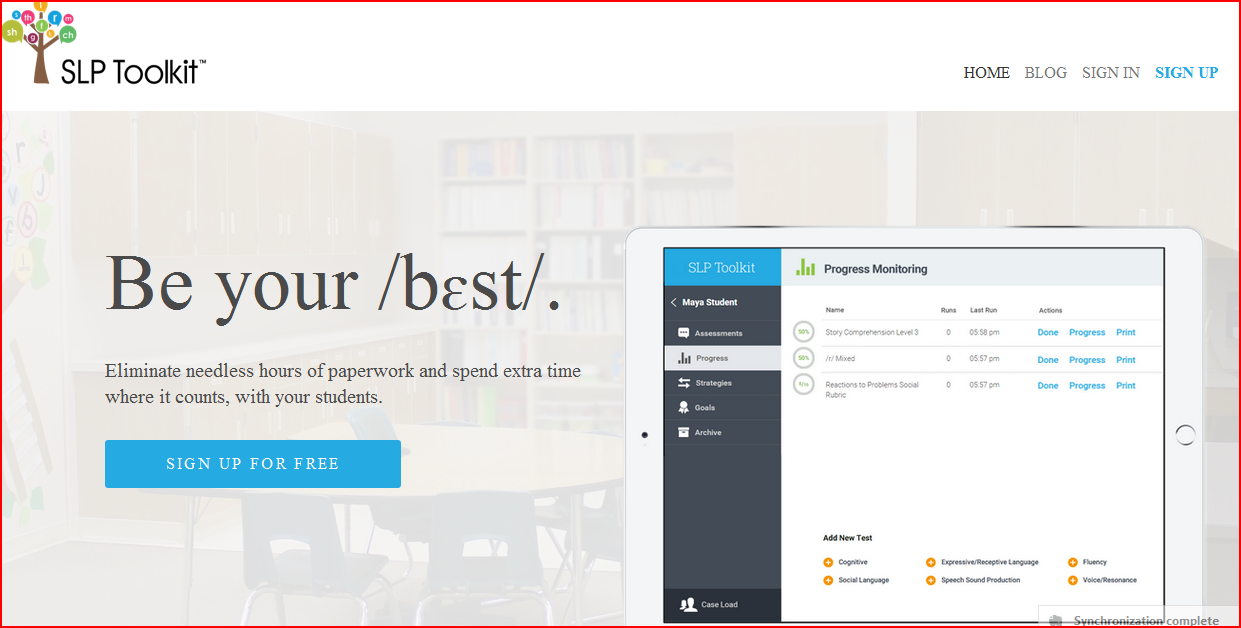
The
SLP Toolkit blog is also full of information and video tutorials, so go look into that as well.You’re going to be excited when you see what it can do. So far, I have created my caseload and used the goal bank, (which is so user-friendly). But I’ll talk more about that next week.[spacer height=”20px” id=”2″]
In the second part of this series, I’ll report back to you all about my experience using SLP Toolkit to do this quarter’s progress reports. I’ll also be posting little videos on Twitter, Facebook and
Instagram so make sure to follow me by clicking on the links.[spacer height=”20px” id=”2″]
Did you like this post? Make sure to join my email list for more posts like this and for a monthly free therapy product. [spacer height=”20px” id=”2″]
Can’t wait to report back to you!
P.S. (Disclaimer: While Lisa and Sarah gave me a six month subscription at no cost, all of the opinions here are strictly my own).









